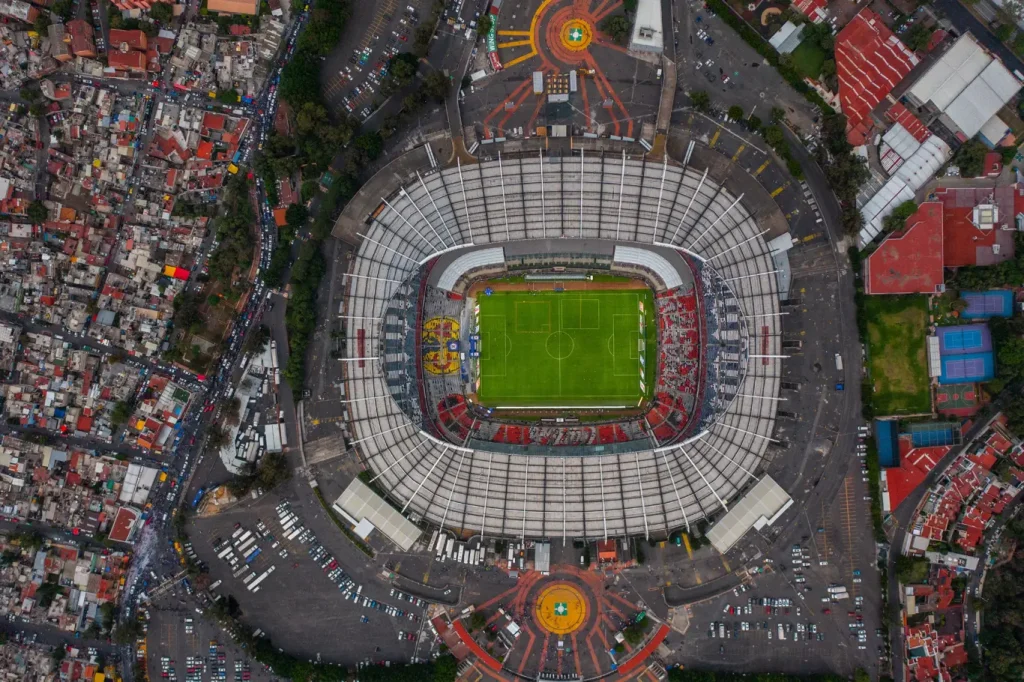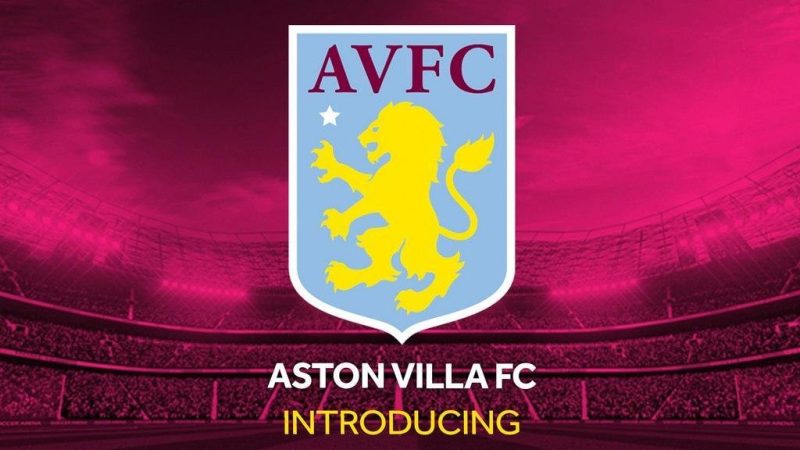
Estadio Azteca Mexico City
The Estadio Azteca Mexico City is not just a u888 sports venue; it’s an architectural masterpiece that combines functionality with aesthetic beauty. Its design principles and engineering feats have made it a subject of study for architects and engineers around the globe.
Innovative Design Features
When you step inside the Estadio Azteca Mexico City, you are immediately struck by its imposing presence. The stadium’s circular design allows for optimal sightlines and an immersive viewing experience for all attendees.
One noteworthy feature is the tiered seating arrangement, which elevates fans closer to the action on the pitch. This creates an intimate atmosphere where supporters feel connected to the game, fostering a sense of camaraderie among fans.
Moreover, the stadium boasts a unique roof design that provides shelter without obstructing views. This innovation reflects a keen understanding of the local climate and enhances the overall spectator experience during various events.
The exterior of Estadio Azteca is equally impressive, adorned with intricate murals and artwork that pay homage to Mexican culture and heritage. These artistic elements enhance the visual appeal of the stadium and remind visitors of the rich history steeped within its walls.
Sustainability Initiatives
In recent years, there has been a growing awareness of the environmental impact of large structures like Estadio Azteca. Recognizing this challenge, the stadium management has implemented several sustainability initiatives to minimize its carbon footprint.
From energy-efficient lighting systems to water conservation practices, the Estadio Azteca Mexico City is taking steps toward creating a greener future. Solar panels are now integrated into the facility, harnessing renewable energy to power various operations.
These efforts not only contribute positively to the environment but also serve as a model for other sporting venues worldwide. As the conversation surrounding sustainability continues to evolve, Estadio Azteca remains committed to being at the forefront of this movement, demonstrating that sports and environmental responsibility can coexist harmoniously.
Future Developments
Looking ahead, there are exciting plans for the continued evolution of the Estadio Azteca Mexico City. As technology advances, the integration of innovative solutions will revolutionize the fan experience.
Virtual reality experiences, enhanced mobile applications, and smart stadium features are on the horizon, promising to elevate how fans engage with events. Improved connectivity and digital platforms will provide real-time updates and information, ensuring that attendees can stay informed and connected throughout their visit.
Furthermore, the stadium aims to strengthen its position as a key player in international events, making strides to host future World Cups, Olympic Games, and other prestigious competitions. These aspirations underscore the resilience and adaptability of the Estadio Azteca Mexico City as it continues to write new chapters in its storied legacy.
Iconic Moments at Estadio Azteca
The Estadio Azteca Mexico City has witnessed countless iconic moments that resonate deeply with fans across the globe. These events transcend the realm of sport, becoming part of the cultural fabric of not only Mexico but the world at large.
The Maracanã Miracle
On June 22, 1986, the world bore witness to what is often referred to as the “Maracanã Miracle.” In a tense quarter-final match of the 1986 World Cup, Argentina faced off against England.
The match unfolded with high stakes and intense emotions, but it was Diego Maradona who stole the spotlight. His brilliance was on full display as he executed two extraordinary goals that would forever be etched in history. The first, dubbed the “Hand of God,” was controversial, while the second, the “Goal of the Century,” showcased Maradona’s exceptional skill and dribbling ability.
Fans erupted in jubilation as Argentina advanced to the semifinals, leaving an indelible mark on Estadio Azteca. This match encapsulated the beauty of football, illustrating how a single player can elevate a team’s performance and etch their name into the annals of sports history.
The Clash of Titans: Brazil vs. Italy
Another monumental event at Estadio Azteca Mexico City occurred on July 17, 1970, during the World Cup final between Brazil and Italy. This clash of titans drew in millions of viewers and set the stage for a historic showdown.
Brazil came into the match with an air of confidence, boasting a lineup filled with talent. The game began with both teams displaying defensively strategic play, but it wasn’t long before Brazil showcased their offensive prowess. The iconic yellow and green jerseys danced on the field, leading to a flurry of goals that culminated in a 4-1 victory.
This match not only secured Brazil’s third World Cup title but also established the team as a dominant force in international football. For fans present in Estadio Azteca, the euphoric atmosphere, coupled with the electrifying performances, created memories that would last a lifetime.
A Canvas of Celebrations
Beyond the realm of football, Estadio Azteca has served as a backdrop for numerous celebrations and significant events. From concerts featuring global music legends to major political rallies, the stadium has played an integral role in shaping the cultural narrative of Mexico.
One such memorable concert took place in 1997 when the Spanish rock band Héroes del Silencio graced the stage at Estadio Azteca. The energy was palpable, as thousands of fans gathered to sing along to their favorite hits. This event showcased the stadium’s ability to adapt to different forms of entertainment while fostering a sense of unity among diverse audiences.
Additionally, Estadio Azteca has hosted national commemorative events, reflecting the essence of Mexican identity and pride. These occasions highlight the stadium’s importance beyond sports, serving as a platform for collective expressions of hope, resilience, and celebration.

